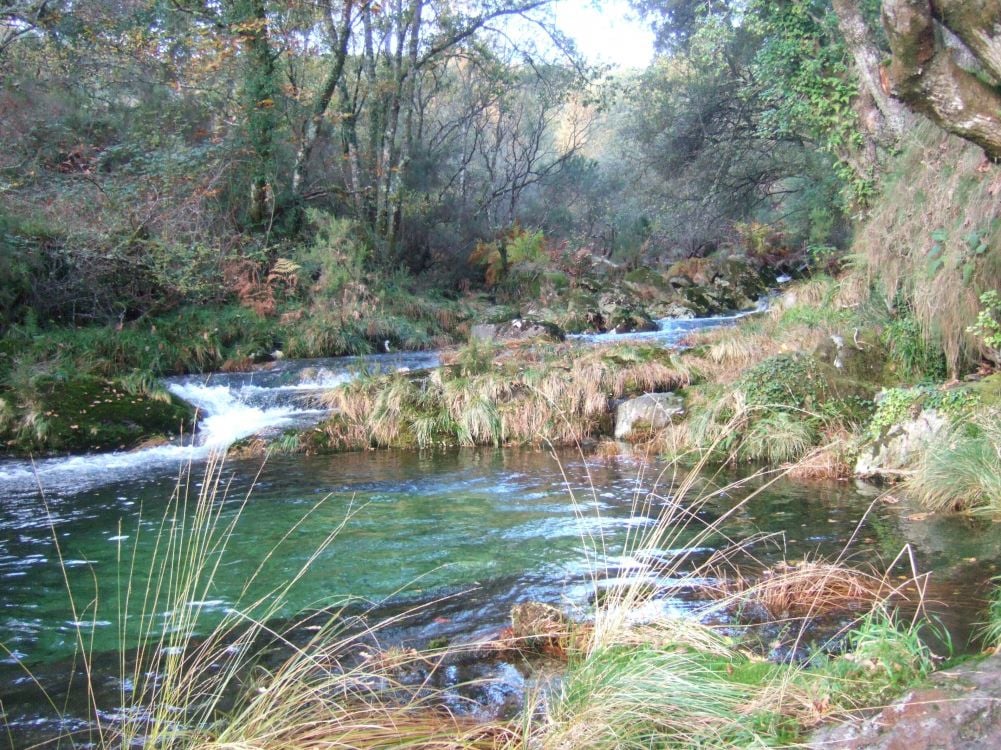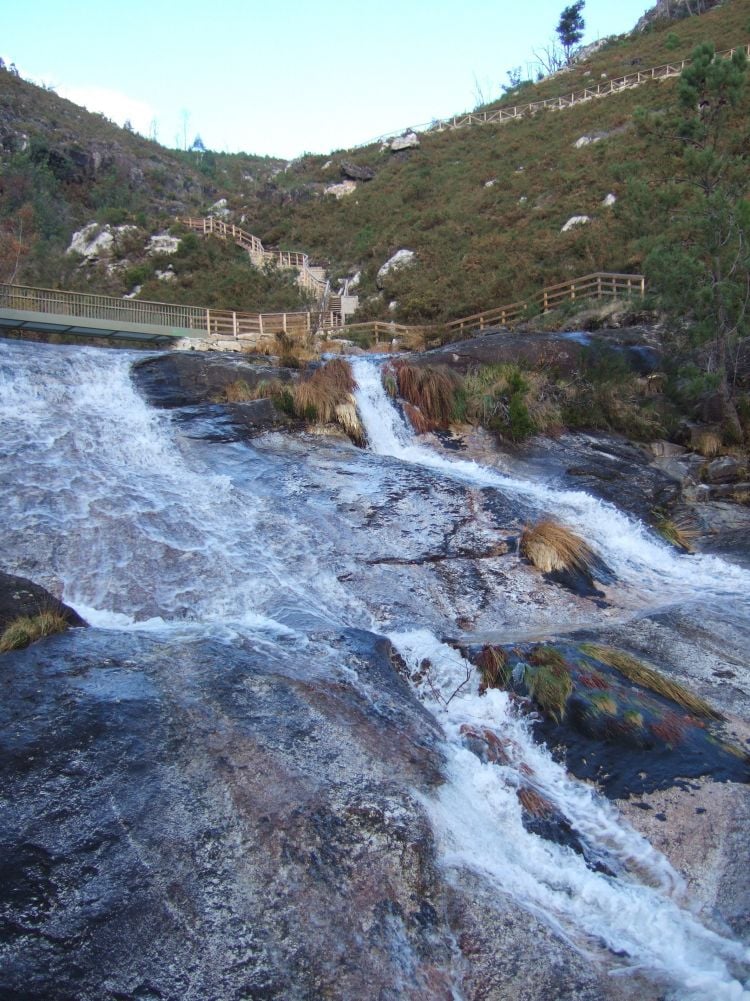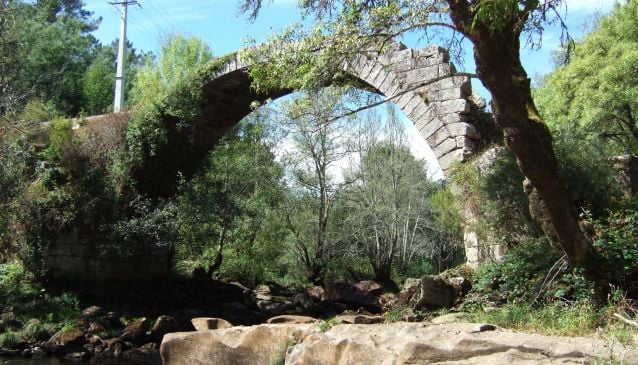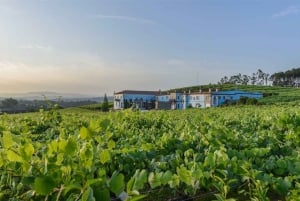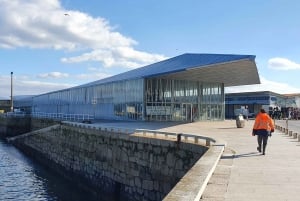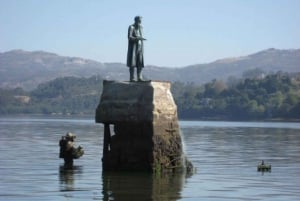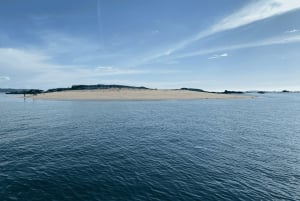Some Short Walks Around Ribadavia
Adventure
Water cascades down dozens of miniature falls framed by the overhanging gold and copper foliage..
Book Top Experiences and Tours in Galicia:
If youʻre booking your trip to Galicia last minute, we have you covered. Below are some of the top tours and experiences!
View All Experiences
One of the joys of Ribadavia in the province of Ourense,Galicia is walking along the many rivers and streams that wind their way down through the gentle hills and along the valleys. Smaller ones rush over weirs and pebbled river beds, round reed lined pools and protruding rocks whilst the broader River Miño, their ultimate destination, glides along more sedately. River banks are lined with native chestnut and oak or terraces of vineyards. Autumn, even as late as the end of November, is a particularly beautiful time to come as the browns, golds, rust, amber, copper and ruby red colours of the leaves of the trees and the vines are spectacular.
There are several 'official´walking routes in the Rïbeiro which are available in the form of a 'Ruta del Vino´ (Wine Route) walking booklet available from the Tourist Office but the signage is often difficult to follow and almost all of them are both very long and linear which makes them impractical for many people. Here instead are three easy and short circular routes which allow you to experience the beauty of the countryside and its rivers in a less strenuous fashion: the first two have the added attraction of including historical monuments and picturesque villages which are worthy of a visit in their own right.
Remember if you don´t have your own transport you can still enjoy the river from Ribadavia. Walk southwards along its western bank from the San Francisco bridge, or from the footbridge down below the old quarter, to the village of Francelos which is only about three kilometres away. On the way you will pass the old ruined watermill and as the banks on both sides are lined with vineyards you will almost certainly get the opportunity to watch the locals tending their vines. Another useful tip for those who don’t want to attempt anything too ambitious is to head for one of the many ‘balnearios’ or thermal spas in the vicinity. These are all located in picturesque river-side settings although you will need a car to get to them. Walking from Cortegada,
Laias and
Arnoia is particularly appealing and straightforward and you can’t get lost walking alongside a river!

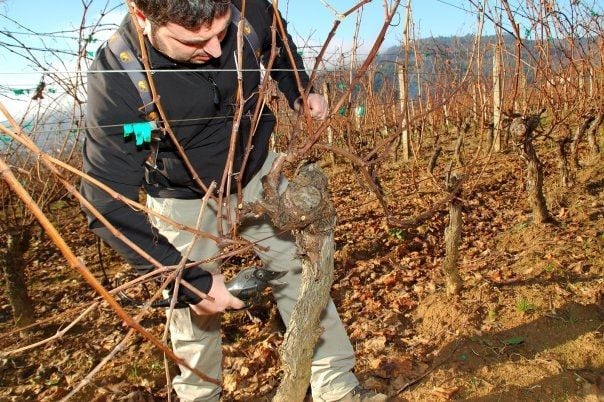

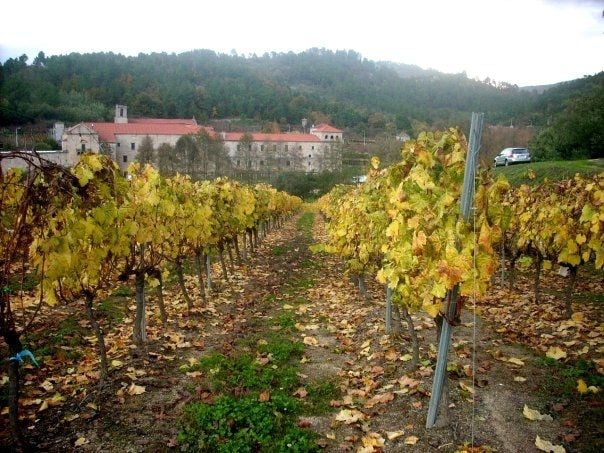
1. River Avia, Leiro
Total distance approximately five kilometres, about an hour and twenty minutes (plus time for sightseeing): very easy walking along river banks in and around Leiro with short detours to two attractive and historic hamlets.
The river Avia runs from high up in the mountains of Avión southwards to Ribadavia, where it flows into the River Miño. It´s particularly appealing in Leiro, a large village about 10 kilometres away, where this walk starts. Leave Ribadavia on the OU504 road, which is signposted Carballino, turning left onto the OU209 to Leiro. As you approach this village turn right at the sign for the ´Zona Recreativa´ and park next to the river, near the stone footbridge. If you come on a warm day in the summer you can join the locals taking a dip here. Walk downstream along this river bank heading out of Leiro for about 850 metres until you come to the the beautiful 15th century arched bridge which was part of the ancient network of routes linking Ribadavia, the wine estates of the Avia and Santiago de Compostela. Climb up to the road to cross over this bridge and walk down into the old village of Ponte de San Clodio. Look out for the houses built directly into large rocks which are scattered through it. Walk back towards Leiro along this side of river and, opposite the stone footbridge take the signed detour to the right to the
Monasterio de San Clodio which is only about 300 metres away and is now a hotel. Cross the main road and walk up the narrow road a little to your right in front of you, climbing the steps which lead up into the tiny square. Take time to admire this and walk through the cloistered courtyards of this 12th century Cistercian monastery which played an important role in establishing the wine industry in
Ribeiro – the district of Leiro is particularly rich in vineyards. The hotel and a restaurant in the square both provide refreshments. Afterwards re-trace your steps back to the river and continue upstream along its eastern bank as it widens and divides. After about 1km the riverside path reaches a road bridge. Climb up the steps just beyond this to cross the road and walk back along the other river bank until you get back to the stone footbridge and your car.
There are several ways of extending this walk. The Monasterio de San Clodio is located on the Avia walk which is part of the Ruta del Vino and clearly marked in this area. From here you can go either north to Gomariz or south to Cuñas passing or visiting several
bodegas on the way. On the other side of the river you can follow the same route as it leaves the river and continues up into the hills beyond Lebosende.


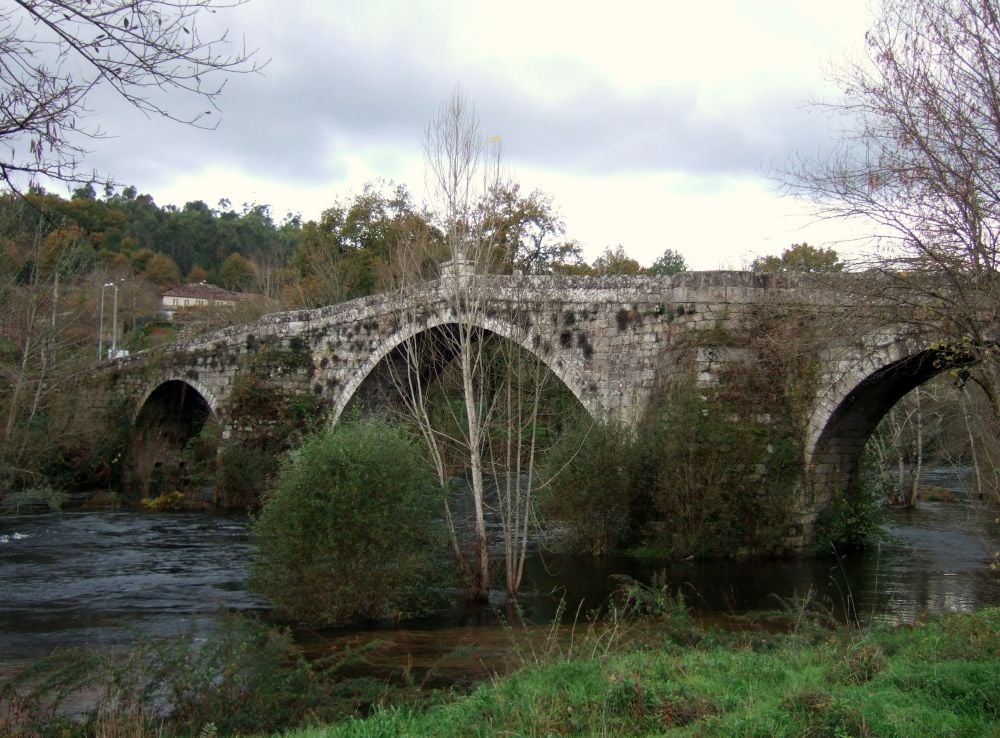
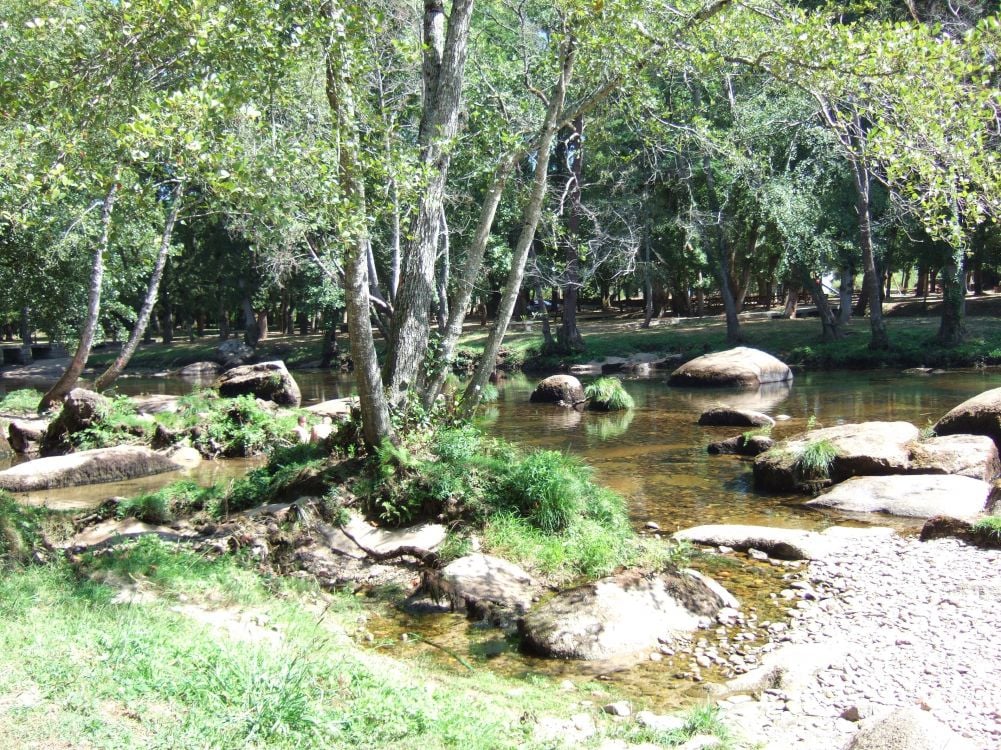
2. River Avia, Pazos de Arenteiro
Total distance: about 9 kilometres, around two and a half hours easy walking. This walk begins alongside the Avia about 15 kilometres from Ribadavia. It then leaves this river to climb up through the village of Pazos de Arenteiro before winding gently upwards through attractive native woodland and back down to Pazos via the village of Laxas.
After passing through Leiro on the OU209 road take the last road on the left (before Leiro’s second road bridge across the Avia) which is signposted for Pazos and park about three kilometres later at the beautiful medieval bridge of Ponte da Cruz. Cross this bridge – getting down on the other side involves a bit of a scramble due to its dilapidated state - and immediately to the right you will see a small sandy beach which, in summer, provides an idyllic spot for a swim. This walk, however, takes you in the opposite direction with the river on your left. This stretch is particularly stunning in autumn when the Avia is fuller: water cascades down dozens of miniature falls framed by the overhanging gold and copper foliage of native trees and bracken. Two hundred metres later cross the river again before leaving it and bearing to the left to walk into Pazos. At the end of the path turn right and follow the painted yellow and white walking signs which will take you to the 13th parish church of San Salvador.
This village, which has recently been restored, lies at the confluence of the Avia and the Arenteiro, hence its name. Its old quarter, which was originally founded by the Knights of Malta from the thirteenth century onwards, retains many of the traditional characteristics of a wine village and some of its 16th century ‘pazos’, mansions built by the wine growing nobility, are largely intact as is the church. Take time to admire the intricate stonework of their walls and facades.
After exploring take the right hand turn at the church which is signed as ‘Ruta de Boborás’ and continue up beyond the village through vineyards on a path which will take you up to the road. This is the steepest section of the walk but it is only about a kilometre in length. When you reach the road turn left along it for about 50 metres and on your right you will see the walking sign pointing to a path that takes you into the forest.
This path has recently been cleared and on the slopes above you can see the remains of terraces which used to be covered with vines but have now been recolonised with native trees. In autumn you will be rewarded not only with the sight of vivid autumn colours but also a quite amazing variety of mushrooms, including some bright orange ones which a couple of locals were picking in bulk when we did the walk. However, unless you are absolutely certain which are edible and which not it´s safer to stick to collecting the chestnuts which carpet the path. This is very clearly marked until it forks. Take the left hand branch and continue until you reach the road where you turn right and continue down into Laxas. At the village green cross the square and bear right between village houses. Turn left immediately after the house with two modern metal gates and follow the road round the wall as it bends to the left. Then turn sharply to the right (instead of continuing along the road below vineyards) and head down the hill on a tarmacked road. This turns into a path which will take you back to the main road. From here you will need to re-trace your steps back down through Pazos. Then you can either walk back the way you came along the river Avia or follow the road down through the village and over the bridge below it, bearing left onto the road which runs beside it.
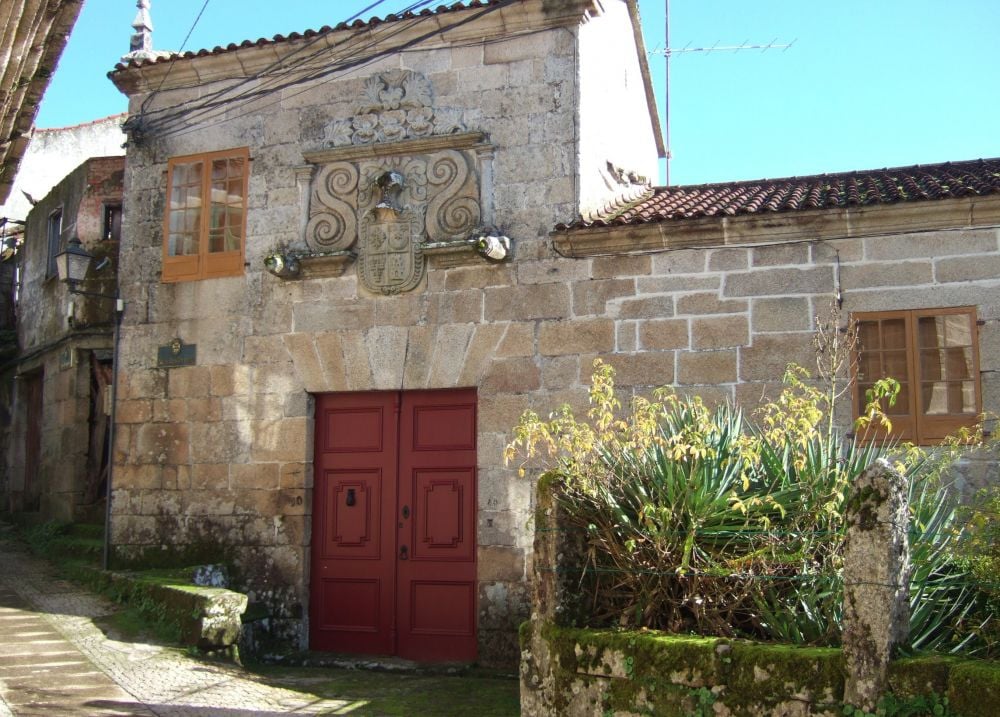
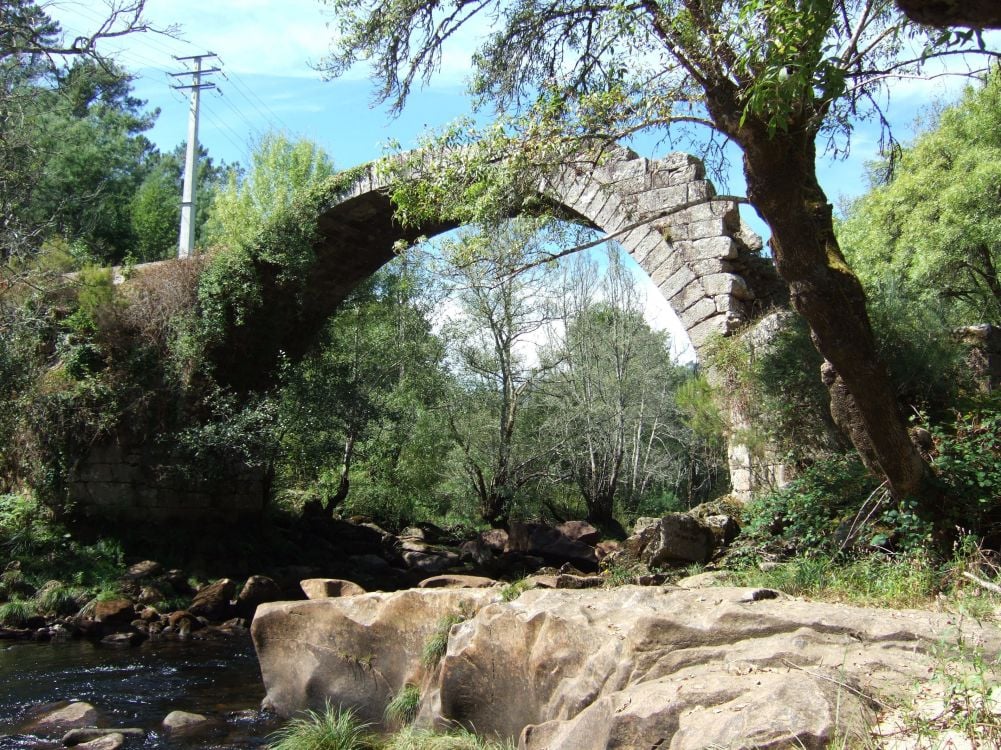
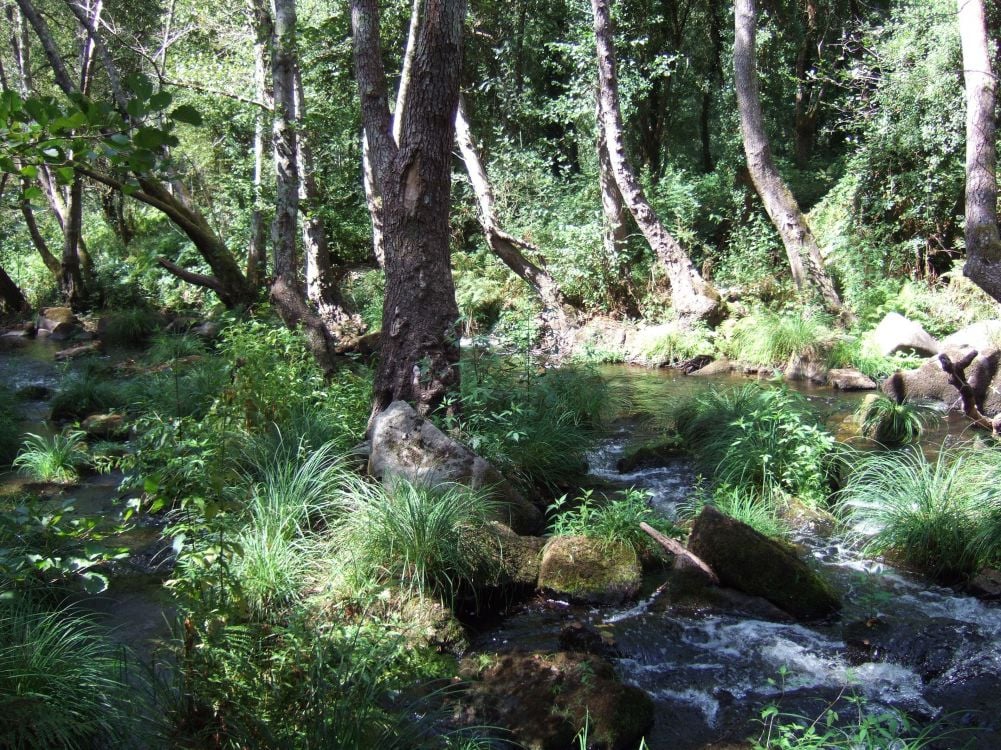
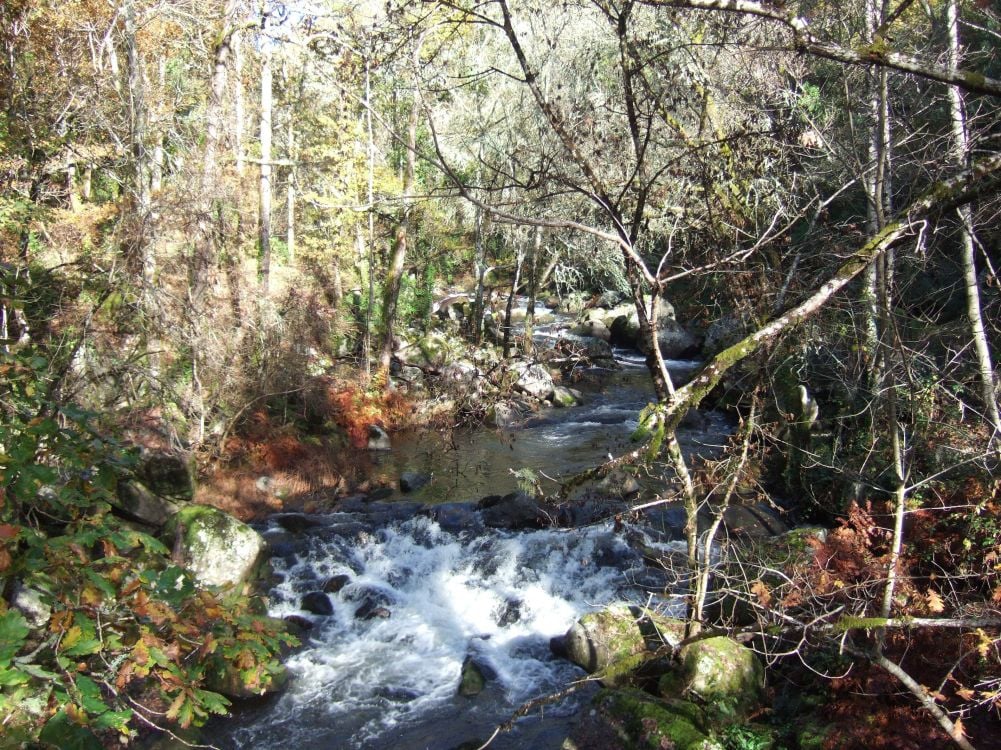
3. River Cerves, pozas of Melón and falls of Tourón
Total distance about 7 kms; about two and a quarter hours easy walking apart from the last few hundred metres which is a series of steps – this section is steep but should be easily manageable by anybody who is able to cope with a few flights of steep stairs.
The walk begins at the Pozas de Melón, a popular swimming spot for locals, and hugs the bank of the river Cerves as it climbs up through canopies of native woodland and vegetation. It leaves the river briefly for the final stretch before arriving at the viewing platforms for the falls of Tourón. In autumn the colours are again exceptional, especially the gold and copper coloured bracken. The return leg takes you through more woodland and along a short stretch of road with panoramic views before rejoining the outward route. If you prefer, you can re-trace your steps back down the river all the way from the falls to the start of the walk. This will be quicker and will reduce the time taken by about twenty minutes.
From its source in the district of Avión the river Cerves drops 1000 metres over a distance of 16 kilometres. The sharp drops in water level create waterfalls, some of more than 20 metres and deep crystal clear pools or ‘pozas’. Approaching from Ribadavia on the old N120 road to Vigo you will see the sign for ´Pozas de Melón` and 'Area Recreativa' on the right immediately after the turn off from the N120 for the A52 (about seven kilometres from Ribadavia). Park in the car park next to the cafe and head up the left hand side of the river on the waymarked path. At various points you can get closer to the river to admire the ‘pozas’ but in winter especially be careful not to walk onto the rocks which the water cascades down as these are likely to be slippery! This section of the walk ends at a bridge at the start of the village of As Mestas. Cross this and continue up the right hand bank and along the path as it becomes a series of stairways. As you reach the top you will see the falls and its viewing platforms below to your left.
To return, cross the bridge at the falls and head up the path on the other side signed As Mestas. The path will take you through woodland until you reach a road. Continue straight ahead down the road here. Turn left at the next junction and left again at the next crossroads and you will arrive back at As Mestas and its bridge. From here it´s quickest to walk back the way you came down alongside the river to the car park at the ‘Pozas’. The section on the road is less than two kilometres and is scenic as you are quite high up in the mountains here (more than 600 metres).
If you are doing this walk take the opportunity to drive or walk a few hundred metres further into Melón to its monastery and church which you will see on the left hand side. This monastery, like that of San Clodio, played a key role in developing the wine industry in the Ribeiro and was very influential in medieval times, owning many wine estates along the River Miño and cities such as Vigo. An outstanding example of the Romanesque Cistercian style, the monastery is in the process of being restored and if you are lucky you may catch the cafe, which is based in its grounds, during its opening hours.
View Some Short Walks Around Ribadavia in a larger map

